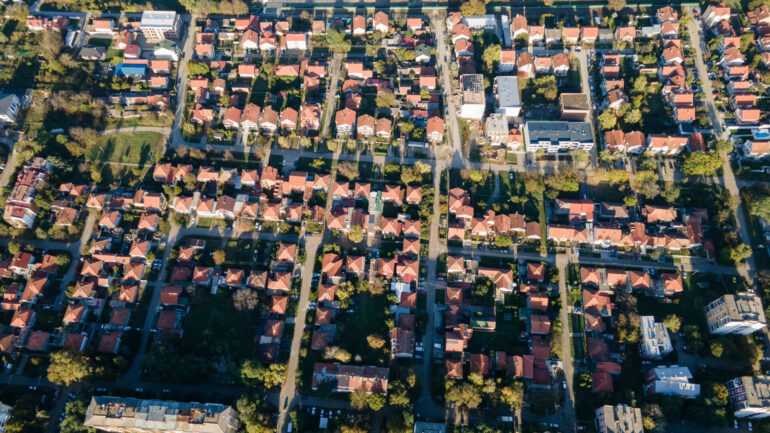Rent and mortgage spending increased 7.7% year-on-year in February, as more homeowners moved from lower fixed-rate mortgages onto higher rates, data from Barclays Property Insights has revealed.
The data revealed that confidence in the housing market grew to 30% throughout the month, its highest level since October 2024, up from 24% in January.
This is despite the upcoming tax changes in England and Northern Ireland.
However, some worries persisted as consumers reported the highest level of concern around inflation (88%) and interest rates (64%) since September 2023.
Barclays also found that homebuyers in England and Northern Ireland on track to miss the looming Stamp Duty deadline expect to fork out an extra £6,512 on average for their purchase, resulting in a surge in demand for mortgages.
Average monthly completions have increased 26% in the wake of the Autumn Budget when the changes were announced.
This is largely driven by a 59% surge in first-time buyer purchases, whose share of completions has risen 7%, from 29% to 36%.
Changes to the Stamp Duty bands are also limiting the choice of property stock available to first timers.
Barclays data showed that demand for homes above the current Stamp Duty threshold of £425,000 has steadily declined each month, with completions in this bracket dropping from 21% in October 2024 to 16% in February 2025.
Among those with a purchase in progress, nearly one in eight (12%) said they will pull out if they do not complete before the end of March.
Meanwhile, a fifth (21%) of prospective movers said that they will now look to buy a smaller property to mitigate costs, with 18% changing the location of their search to a more affordable area.
Despite reports that ‘rentflation’ – the increase of rental costs – has slowed across the UK, the data revealed that the nation’s renters continued to feel the pinch in Februaru.
Nearly six in 10 (58%) said their rent has increased in the last 12 months, and three in 10 (29%) in the past six months.
This is most acute for Gen Z renters (18 to 27-year-olds), with over a third (36%) reporting a rise in the past six months.
Rentflation has left average renter facing increases £105.90 out of pocket each month, with one in five (20%) citing rental rising costs as one of the biggest barriers to owning a home.
The impact is steeper among younger adults, with Gen Z reporting an average increase of £134.70 per month, the equivalent of £1,616 a year.
Almost six in 10 Gen Z renters (57%) are currently saving for a deposit to buy a home, while four in 10 (40%) believed homeownership is within reach in the next five years, compared to 23% across all ages.
However, rentflation’s squeeze on savings means that nearly two-thirds of Gen Z renters (64%) say that they would find it impossible to buy a home without an inheritance or a loan from a family member.
Meanwhile, Barclays’ proprietary data revealed that the average age of a first-time buyer in the UK rose to nearly 34 in 2024, up from 32 only two years earlier, as homeownership becomes more challenging.
Sian McIntyre, managing director of mortgages and savings at Barclays, said: “Our latest data indicates that prospective buyers are adapting their behaviour to get ahead of some of the volatility in the market.
“Encouragingly, amidst rising house prices, uncertainty around interest rates, and the upcoming changes to stamp duty, consumer confidence in the housing market is staying the course.
“Renters are still determined to overcome barriers to homeownership, with this resilience testament to the value individuals place on investing in property.
“We have several products like Barclays Springboard Mortgage and Mortgage Boost which can help first timers make that step onto the ladder.”
Will Hobbs, managing director at Barclays Private Bank and Wealth Management, said: “The UK’s housing market continues to unevenly find its feet after the turbulence of the pandemic.
“Much of the step change in interest rates of the past few years has now been digested by households and the geography of demand has settled a little further.
“Even though the cyclical picture for the UK remains a little sluggish on the evidence of incoming data, we continue to see the outlook as better set than feared.”



